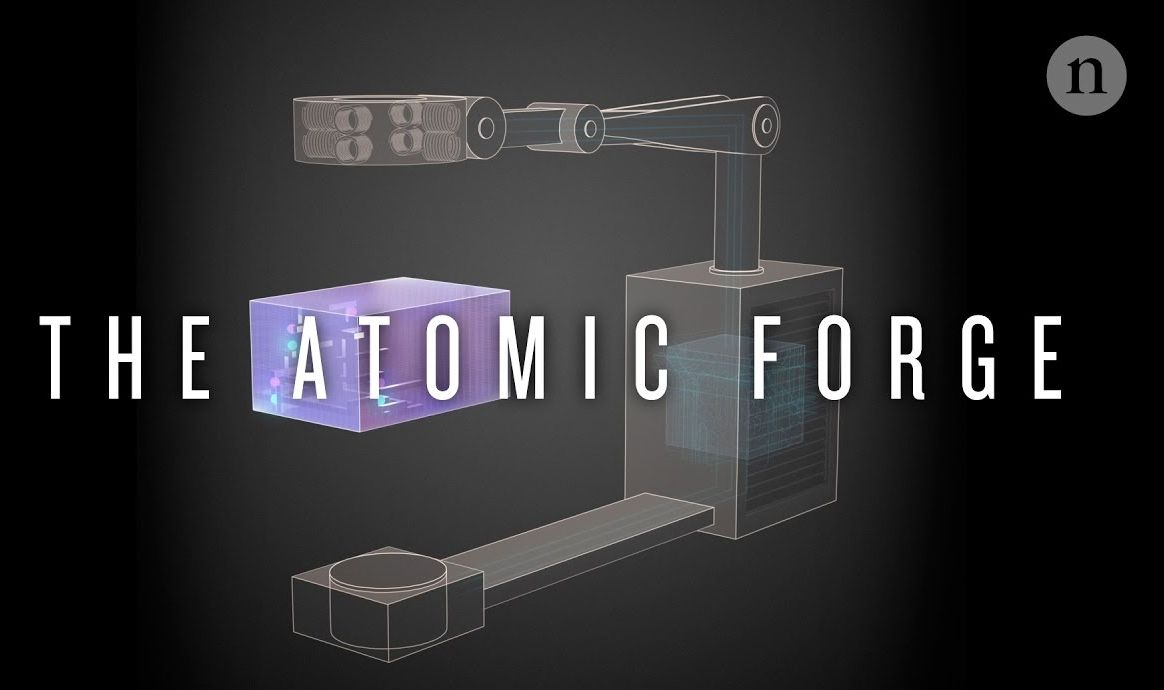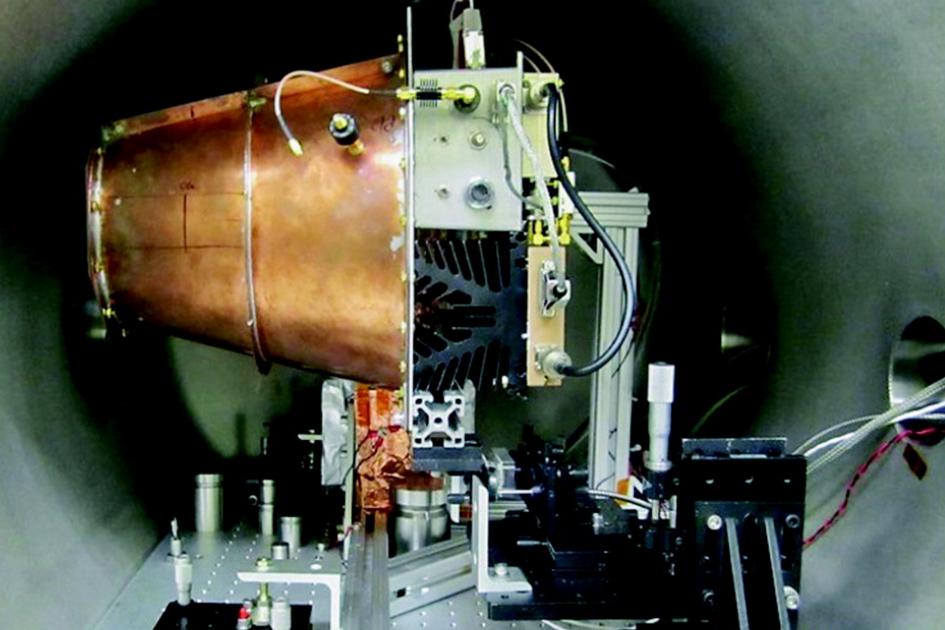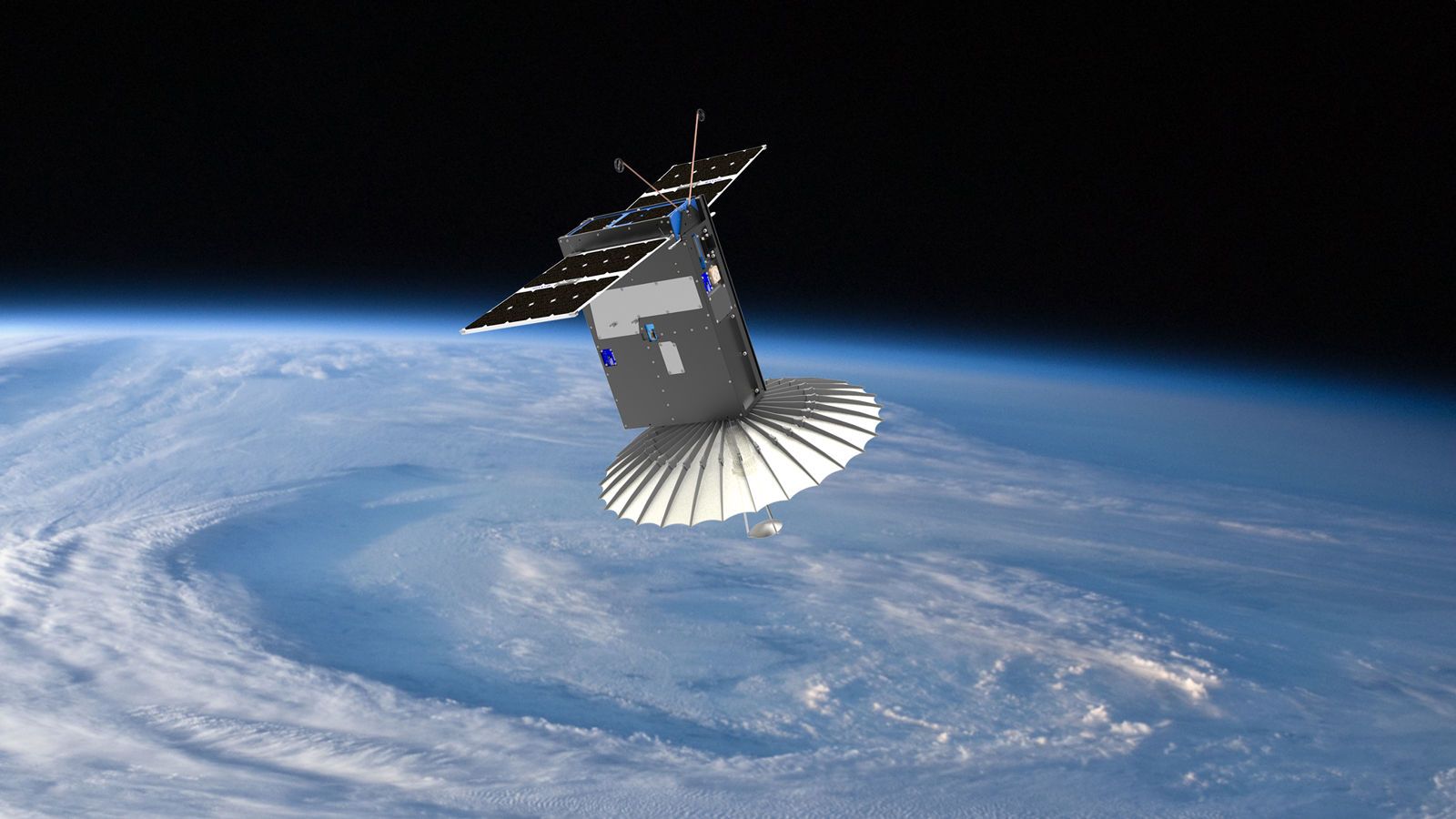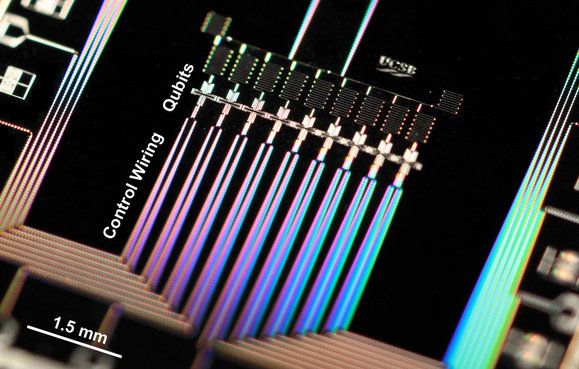Page 10419
Nov 23, 2016
‘Shazam for shoes’ shows how AI could transform your style
Posted by Shane Hinshaw in category: robotics/AI

Shoegazer, a prototype sneaker-spotting app, demonstrates the ways artificial intelligence could change how we shop.
Nov 23, 2016
Minimum Interstellar Precursor Mission
Posted by Klaus Baldauf in categories: energy, satellites
With the continuous advancements in nano-satellite technology, there has been a significant increase in proposed CubeSat missions for sophisticated space exploration. Due to their cost efficiency, rapid development and ongoing miniaturization of satellite bus systems and scientific payloads, CubeSats offer the potential to increase the range of capabilities of deep space explorations. Missions already on launch manifests such as Mars Cube One, Lunar Flashlight, and NEA Scout will demonstrate the use of CubeSat technology for planetary explorations. CubeSat capabilities are also being expanded for other deep space missions and for the detection technique of Near Earth Objects (NEOs). With the increase in anticipated that CubeSats will increasingly become an attractive option to conduct cost-effective interplanetary missions. This increase in interest and development allows further advancement of Technology Readiness Level (TRL) of the present technology, which can be extrapolated for extra-solar and near interstellar missions. The work presented in this paper addresses the potential utilization for interplanetary and near interstellar missions using technology developed from off-the-shelf components. The paper introduces the current CubeSat technologies, their baselines TRLs, and the requirements needed to conduct such missions. It further presents the feasibility study of the available CubeSat technology to conduct near interstellar mission by the year 2030. The feasibility of different propulsion, communication, electrical and power subsystems with a TRL level of 5 and higher in the next 10 years is evaluated. This paper outlines the fundamental mission and spacecraft architecture required to exit the solar system using miniaturized space system technologies. The analysis and suggestions presented in this paper help recognize the resourcefulness of CubeSat for interplanetary and the edge of the solar system missions.
Nov 23, 2016
Tiny ‘Black Magic’ Satellite Packs Origami-Like Radar Dish
Posted by Klaus Baldauf in category: space
Nov 23, 2016
From Bitcoin to puke-tracking: Walmart uses blockchains to monitor food — By Beth Mole | Ars Technica UK
Posted by Odette Bohr Dienel in categories: business, computing

“In October, the commercial giant teamed up with IBM and Tsinghua University in Beijing to track pork in China as it moves from the farm to the shelves.”
Tag: blockchain
Nov 22, 2016
Microsoft ‘doubles down’ on quantum computing hardware focus
Posted by Karen Hurst in categories: augmented reality, computing, quantum physics
Microsoft is accelerating its efforts to make a quantum computer as it looks to a future of computing beyond today’s PCs and servers.
Microsoft has researched quantum computing for more than a decade. Now the company’s goal is to put the theory to work and create actual hardware and software.
To that effect, Microsoft has put Todd Holmdahl—who was involved in the development of Kinect, HoloLens, and Xbox—to lead the effort to create quantum hardware and software. The company has also hired four prominent university professors to contribute to the company’s research.
Continue reading “Microsoft ‘doubles down’ on quantum computing hardware focus” »
Nov 22, 2016
Synopsis: Quantum Droplets Swell to a Macrodrop
Posted by Karen Hurst in categories: particle physics, quantum physics
Experiments with ultracold magnetic atoms reveal liquid-like quantum droplets that are 20 times larger than previously observed droplets.
Ultracold atoms can exhibit quantum behavior that mimics superfluids and superconductors. Tuning the atom-atom interactions can also reveal never-before-seen phases of matter. Following this approach, researchers working with magnetic atoms in a cigar-shaped trap have generated a single liquid-like macrodroplet, containing 20 times more atoms than in previously observed droplets. The experiment demonstrates that the stability of these droplets is due to quantum fluctuations.
When trapped atoms are cooled to near absolute zero, they form a Bose-Einstein condensate (BEC), in which their wave functions become coherent. The BEC is a macroscopic quantum object, but some of its quantum behaviors (such as quantum fluctuations) are difficult to observe because their effects are small compared to the mean-field interaction energy in this dilute system. For this reason, researchers are eager to reach parameter regimes where quantum fluctuations reveal themselves.
Nov 22, 2016
Quantum records fall: most entangled photons plus ‘twistiest’ light
Posted by Karen Hurst in category: quantum physics
Physicists split and twirled light to generate the most entangled photons to date. Cathal O’Connell reports.
Nov 22, 2016
Microsoft’s next big bet? Clue: it’s just hired four top quantum computing scientists
Posted by Karen Hurst in categories: computing, quantum physics
We told them glad they listen.
Microsoft says it’s doubling down on quantum computing after nabbing four top scientists who will work with a Microsoft hardware veteran to turn research into reality.
Nov 22, 2016
Fire up the atom forge
Posted by Karen Hurst in categories: particle physics, quantum physics

There is much to be learned from this process for other areas of technology.
Rethink electron microscopy to build quantum materials from scratch, urge Sergei V. Kalinin, Albina Borisevich and Stephen Jesse.















